Oltenia Museum - history and archaeology section, pages from the history of Romania
Oltenia Museum - history and archaeology section, pages from the history of Romania
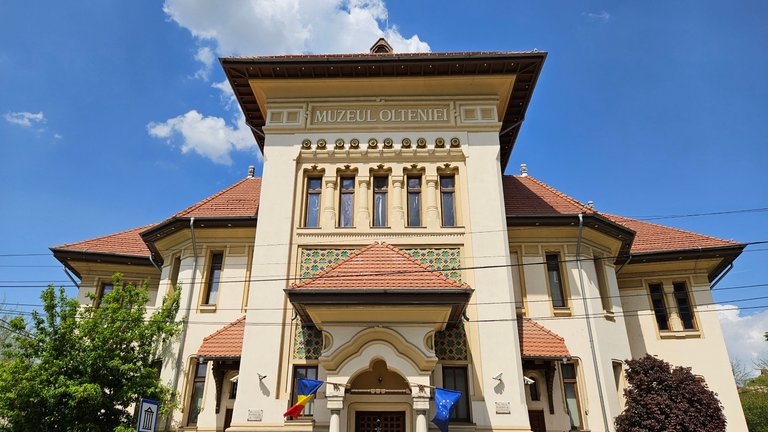
Hello travelers
I hope you're well, I can't wait to read about your new adventures but until then I wish to take you with me on a fascinating journey, somewhere in the early twentieth century in the city of Craiova (Romania) and visit a place that at first functioned as a school after which it was transformed into a museum and during the communist period underwent other changes, and yes, it is the Oltenia Museum - history and archaeology section.
If you browse through my older blogs you will discover some of my posts about other fascinating places in Craiova, but today we will visit another fascinating one.
I start by telling you that the Museum of Oltenia is divided into three sections, the History and Archaeology Section, the Natural Sciences Section, the Ethnography Section, and today we will visit the History and Archaeology Section, I must admit that this section is my favorite.
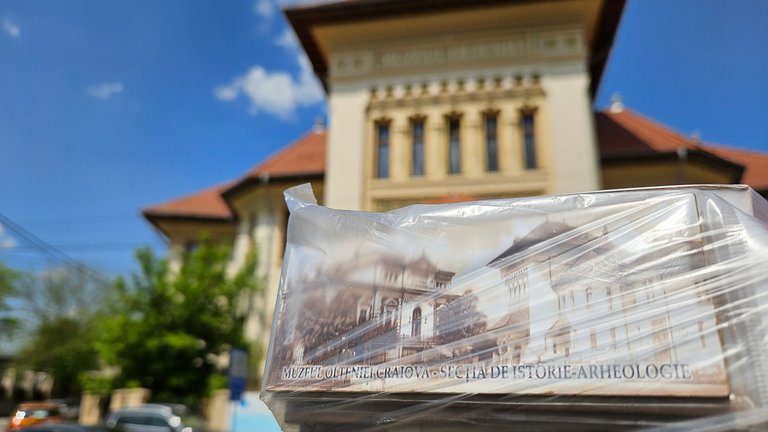
The museum is open from Tuesday to Sunday from 9am to 5pm, closed on Mondays.
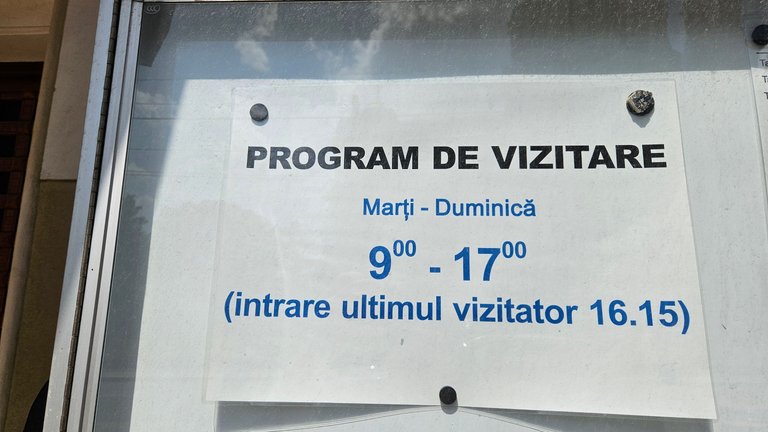
The price of an entrance ticket is 15lei/3euro/person.
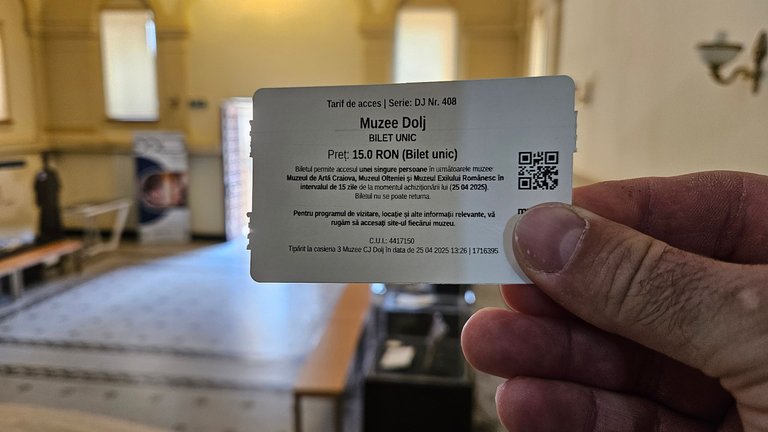
We paid the entrance fee so let's discover together what this museum has to offer.
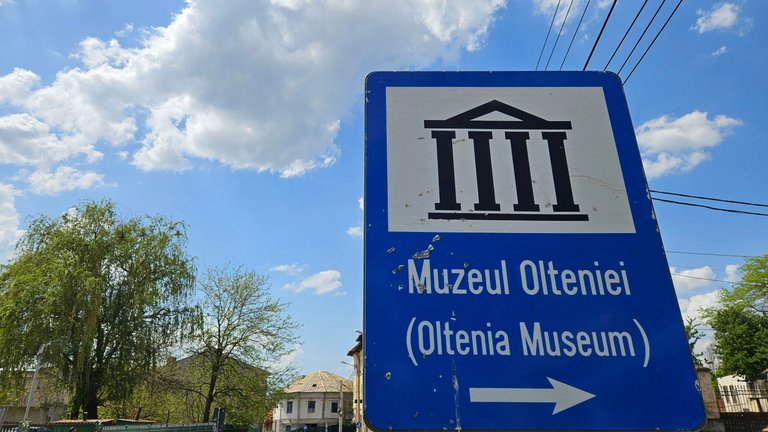
From the very beginning we literally stepped on the history of the place, how we did this, simple, the archaeological site was covered with a glass staircase where we could see the artifacts perfectly in the position in which they were discovered, something spectacular.
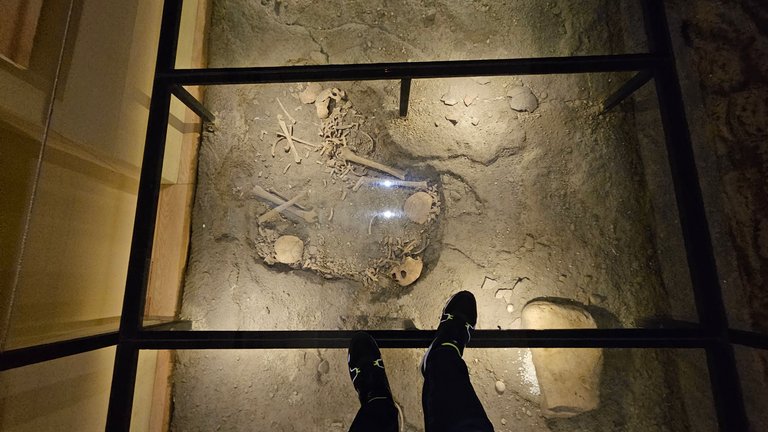
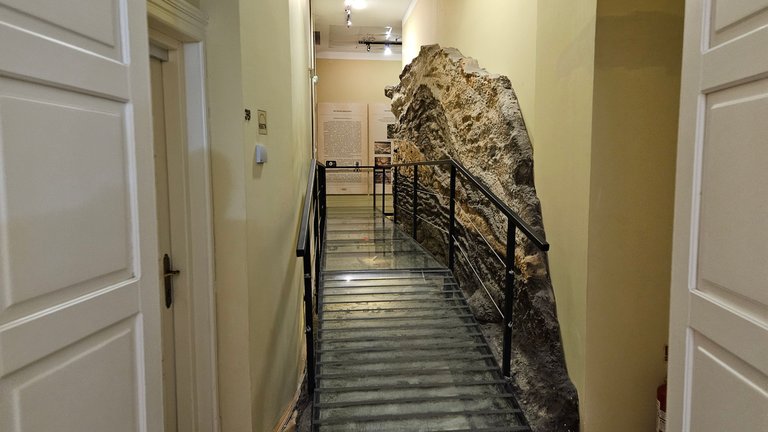
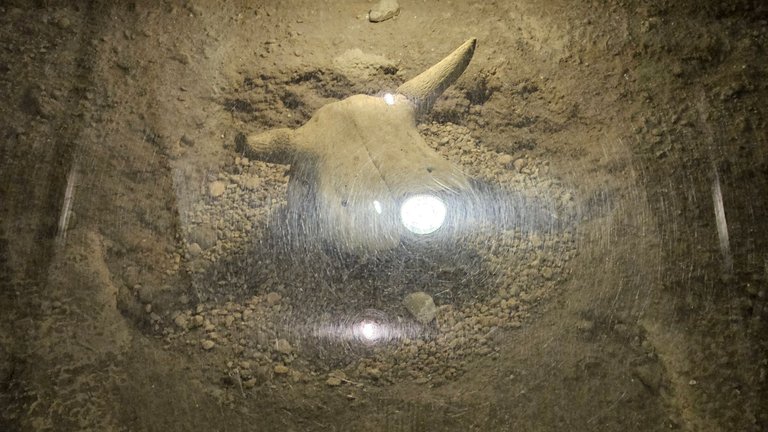
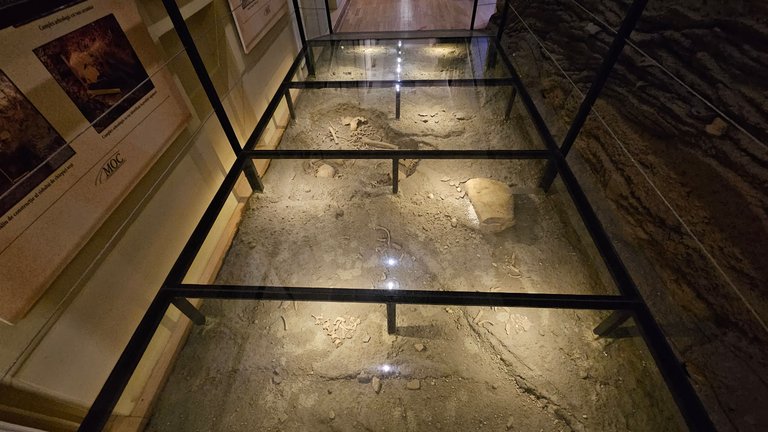
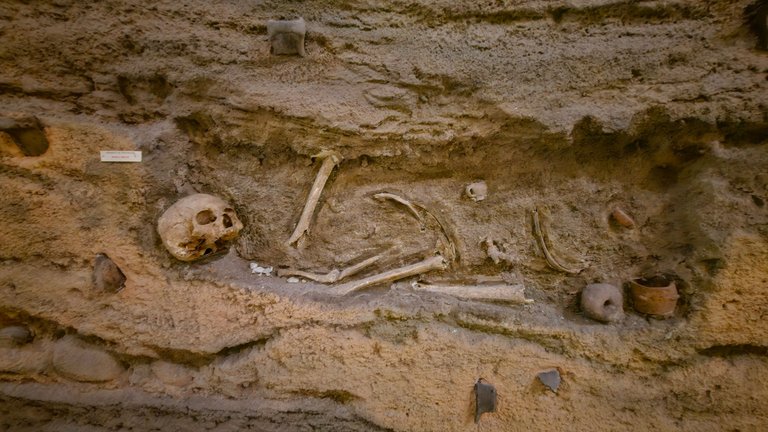
I was pleased to find explanations of what was displayed next to each object, which helped me understand what I was looking at.
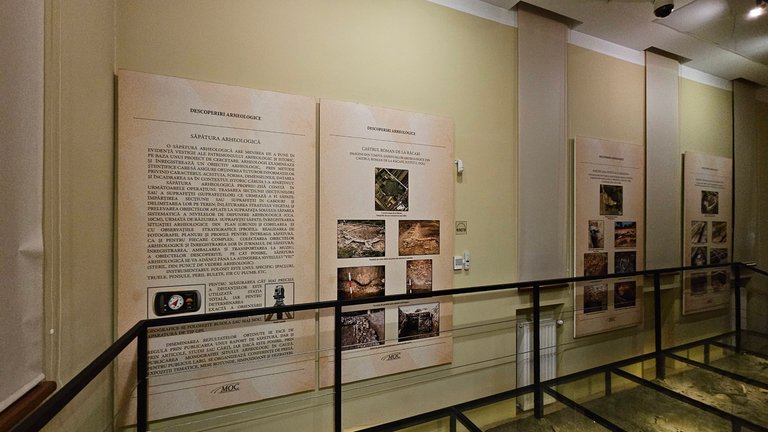
As I usually do to see the picture of this museum's fabulous history, I leave some information below.
In the 17th-19th centuries, in the area where the building of the History-Archaeology section of the Oltenia Museum is now located, there was a spring from which the sacagii used to get drinking water and distribute it for a fee in the historical area of Craiova.
The land belonged to the Maica Precistă Church in Dud, today Madona Dudu. Also on this land was part of an ancient codru, of which a small portion is still preserved in the present Mihai Bravu Park. The area also belonged to the Brândușa slum, from which it was separated by a stream, which connected the stream of the Vlăicii Valley and one of the arms of the Ji river of another time.
In front of the current building there was a wooden bridge that connected to the Dorobănția slum where the dorobanții lived, those who defended order in Craiova and also had military duties. At the end of the 19th century, after a donation made to the Madona Dudu Foundation by a certain Preda, the municipality decided to build a hospice. Under these circumstances, the design of the future building included an enclosed inner courtyard and latticed windows at a higher height than in ordinary buildings.
The city of Craiova, which had received the land as a donation, considered the location of such a hospital to be inappropriate, being too close to the city center. As such, the new hospital building was constructed outside Craiova at that time.
With funds from the Ministry of Education and Religious Affairs, as well as from the Craiova City Hall, the construction of the current headquarters began at the beginning of the 20th century.
The construction of the building of the History and Archaeology Department of the Oltenia Museum, according to the plans of the architect Fr. Billek, was completed in 1906 and inaugurated in the fall of the same year, on the occasion of the 40th anniversary of the reign of King Carol I, having as its functionality a primary school for boys and girls. Many orphaned children were housed in this space, where they also learned a trade.
With their own funds obtained by various means: handicrafts made by students and sold by the Craiovene Ladies' Committee at the great feasts of the year, food was provided for many poor students, all patronized by the priests of the Church of Madonna Dudu.
In November 1940, the building was severely damaged by the earthquake and school activities were transferred for a period until the building was rebuilt. In 1948 the communist regime abolished religious foundations and private schools.
Therefore, at the direct intervention of the future academician C.S. Nicolăescu-Plopșor and his school colleague - Ștefan Voitec, then Minister of Education, the building was given to the Oltenia Museum. The State Archives and all the museums in Craiova were initially housed here for a while.
I hope this information has helped you to get an idea of the importance of this museum in Romania.
Let's follow in the footsteps of history, we will go through different periods and different states.

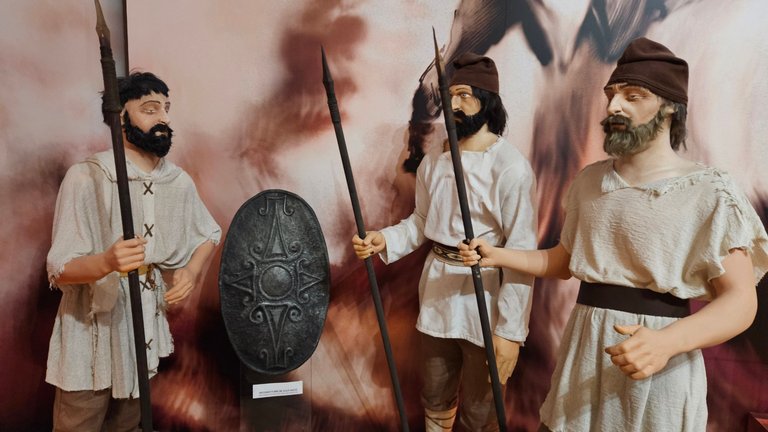
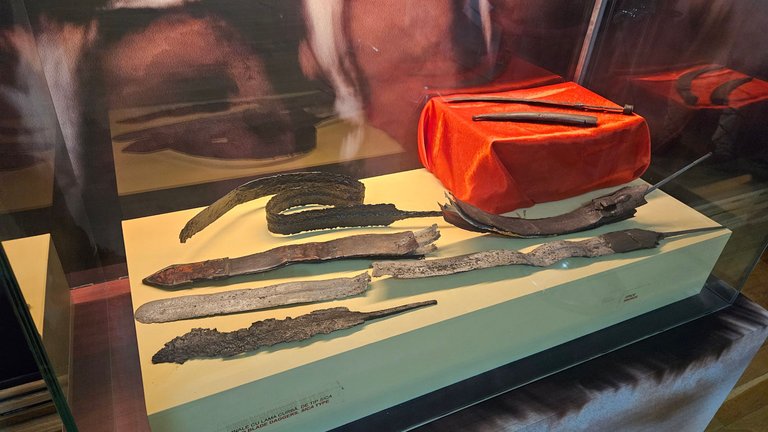
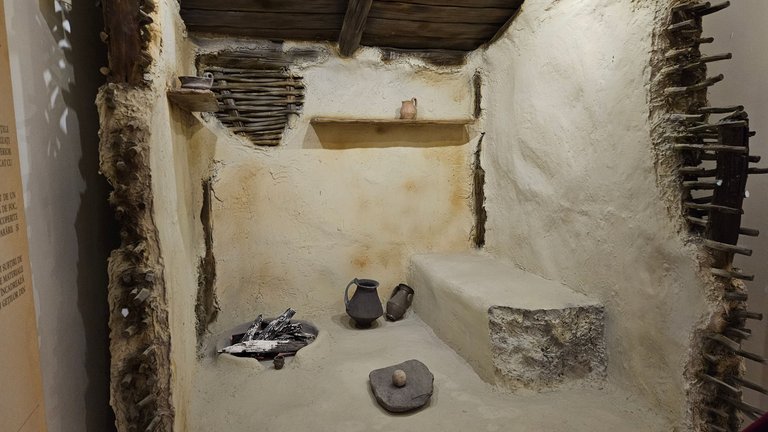
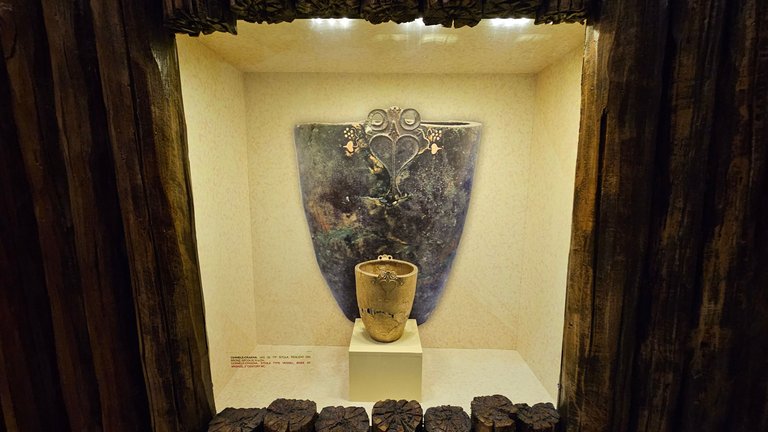
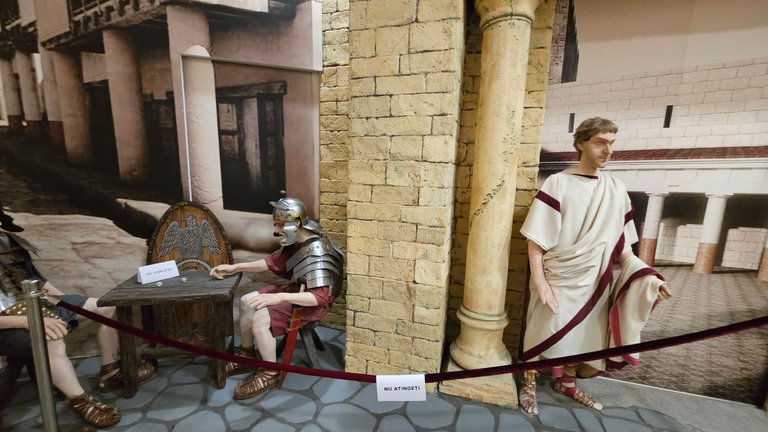
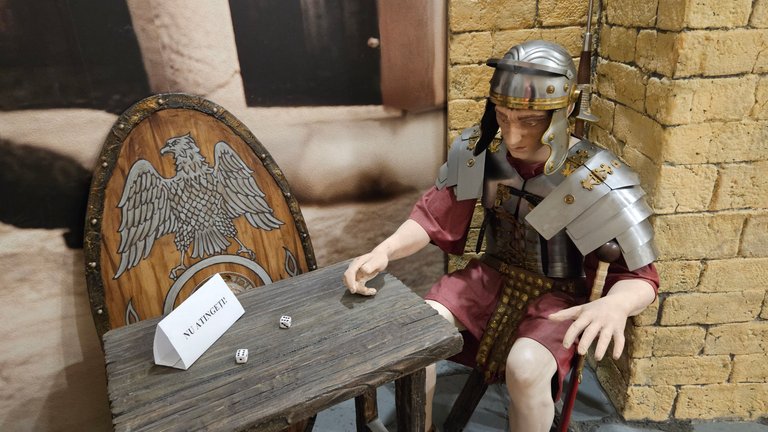
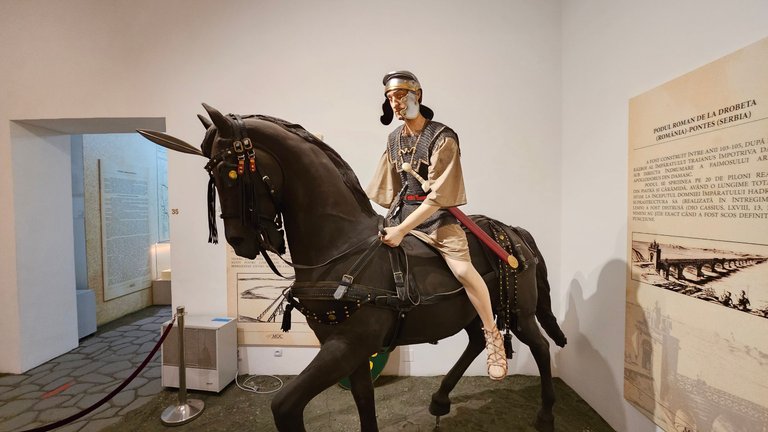
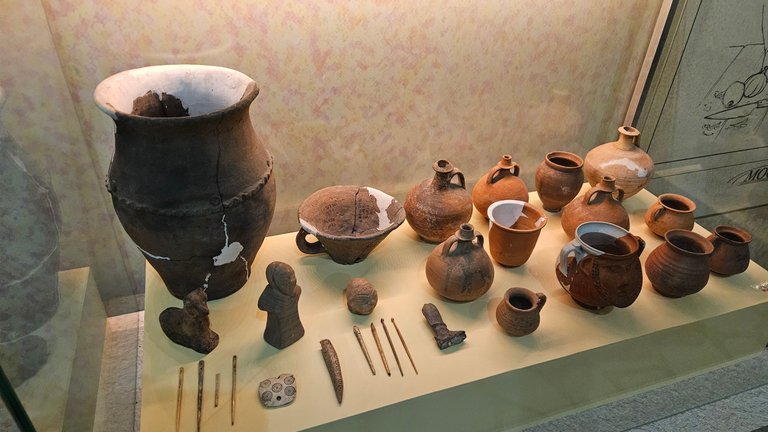
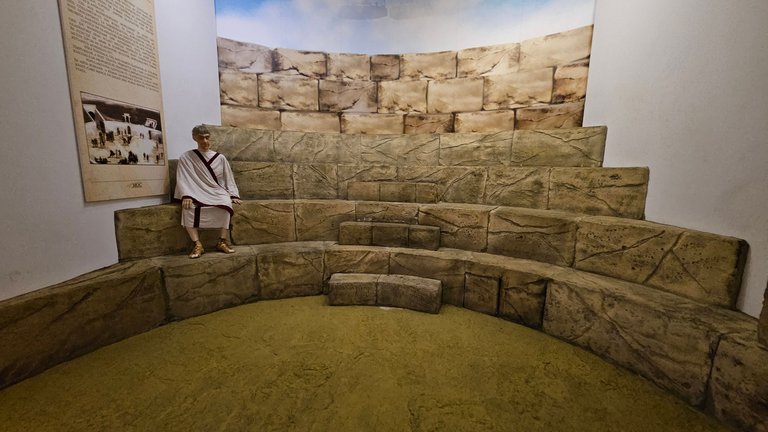
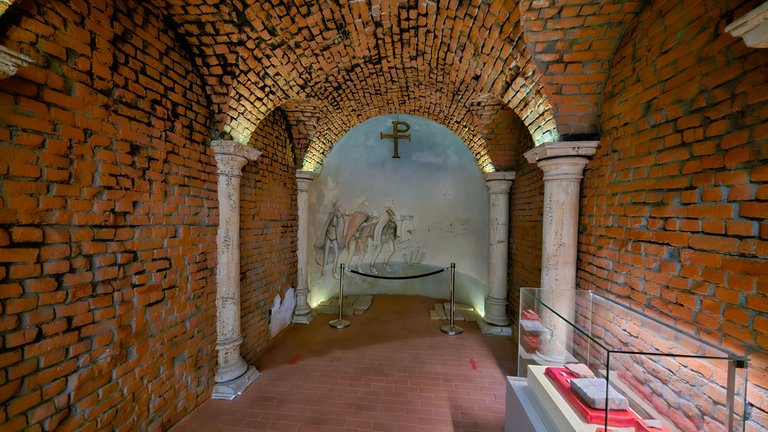
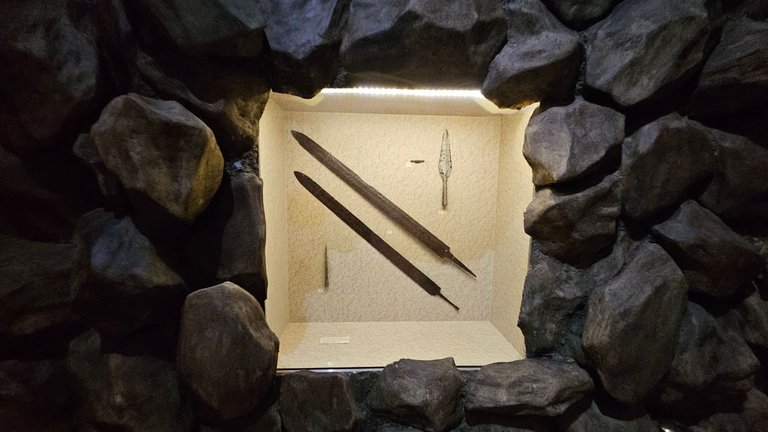
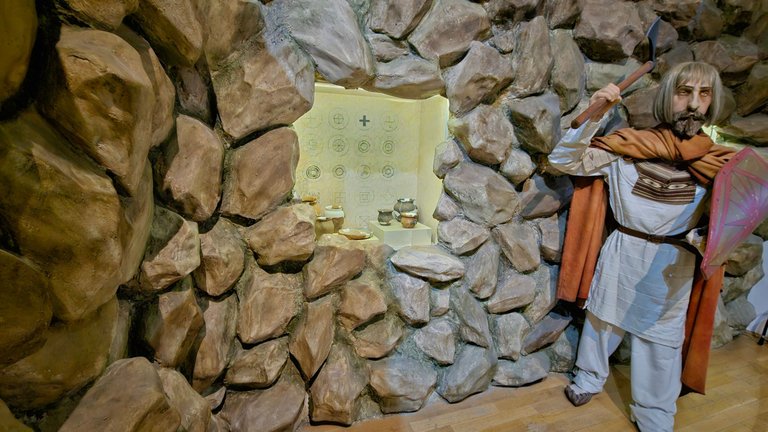
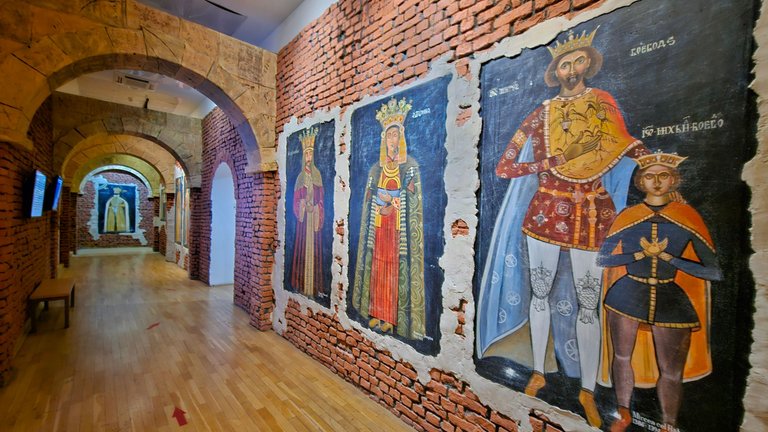
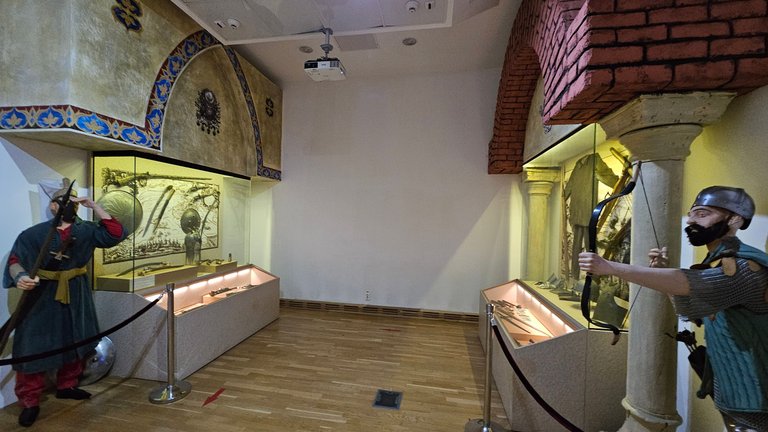
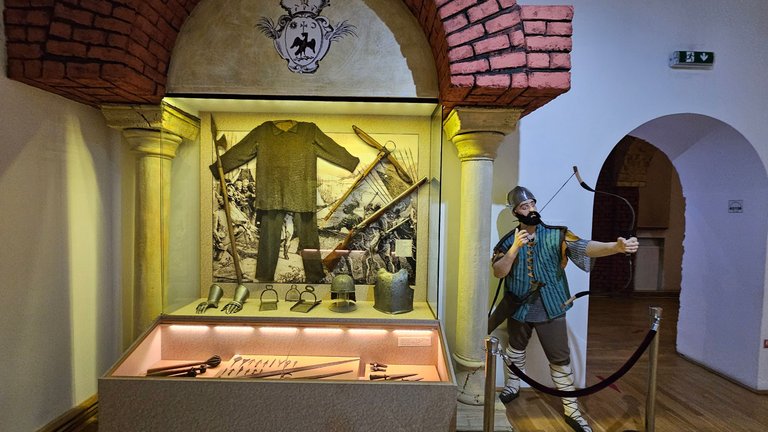
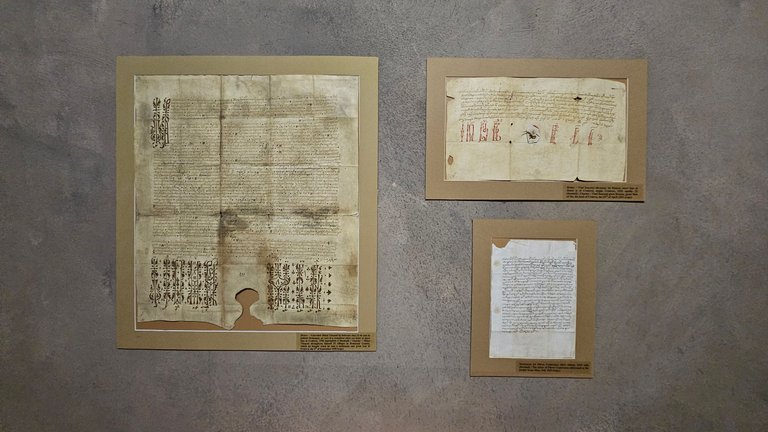
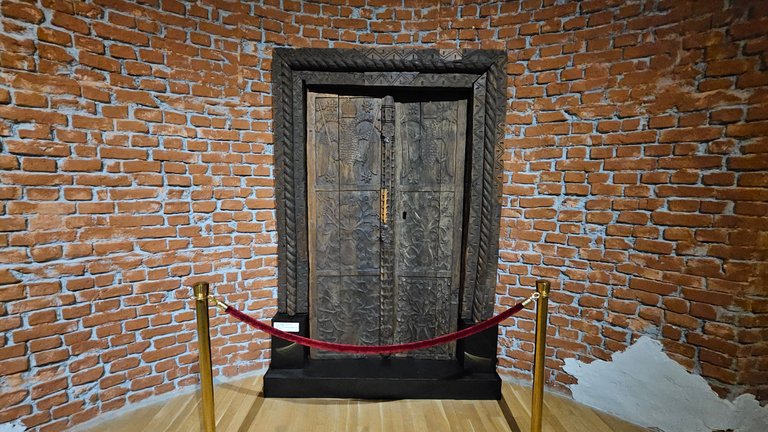
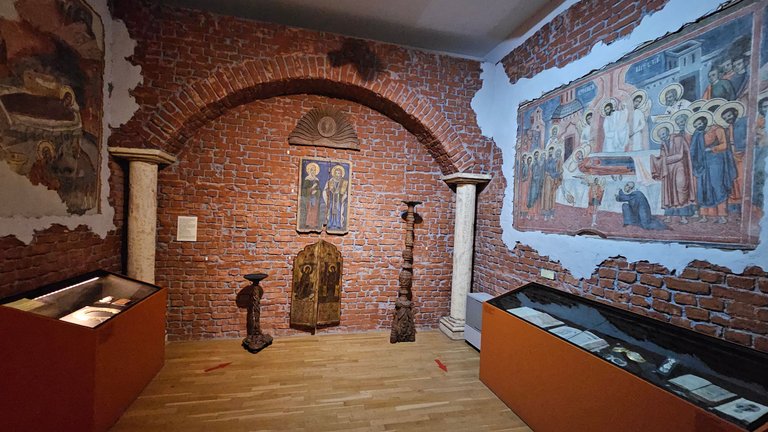
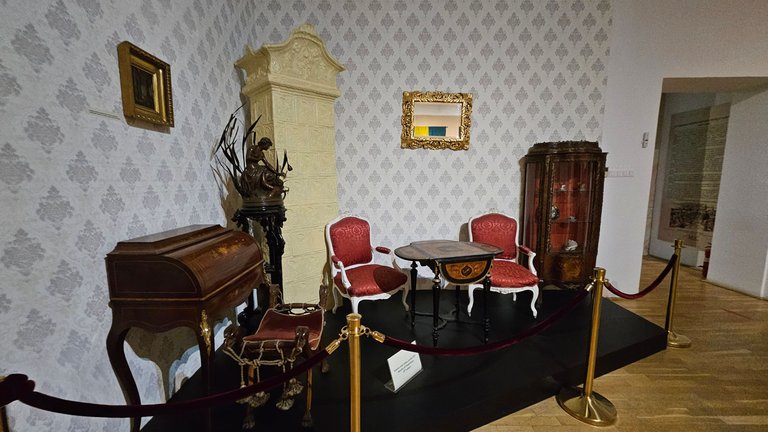
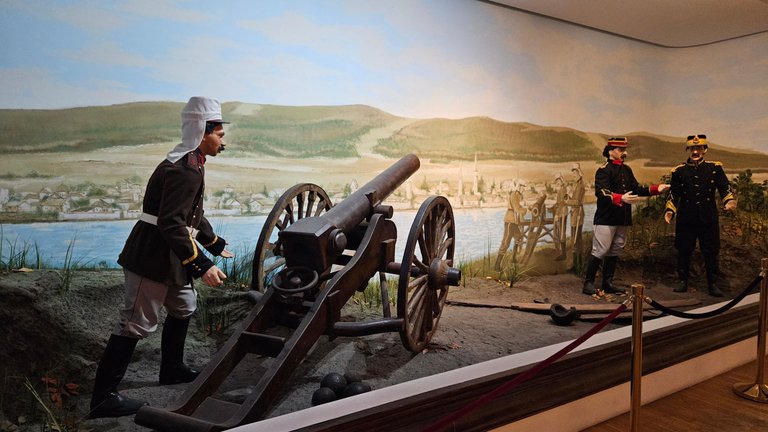
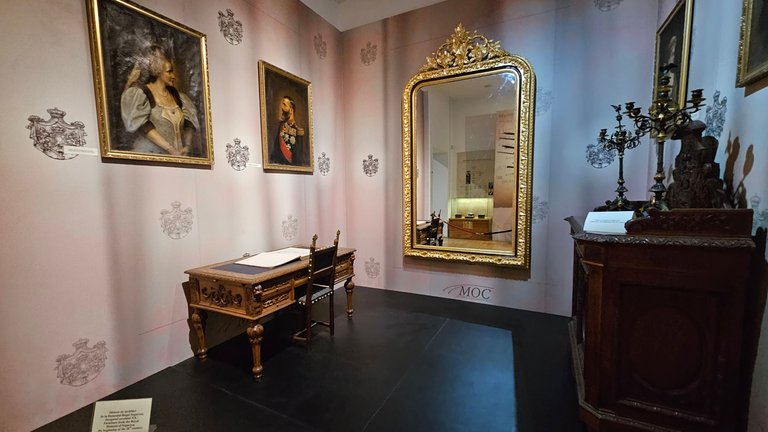
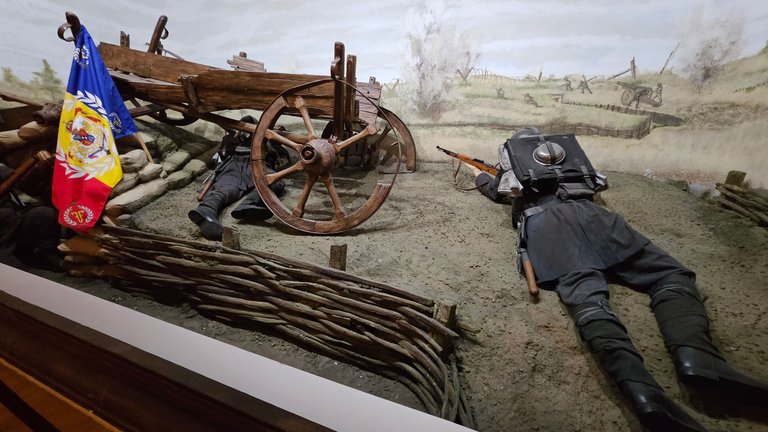
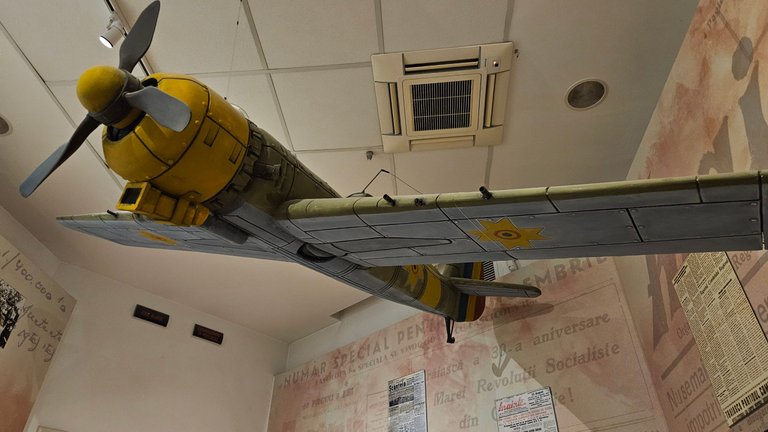
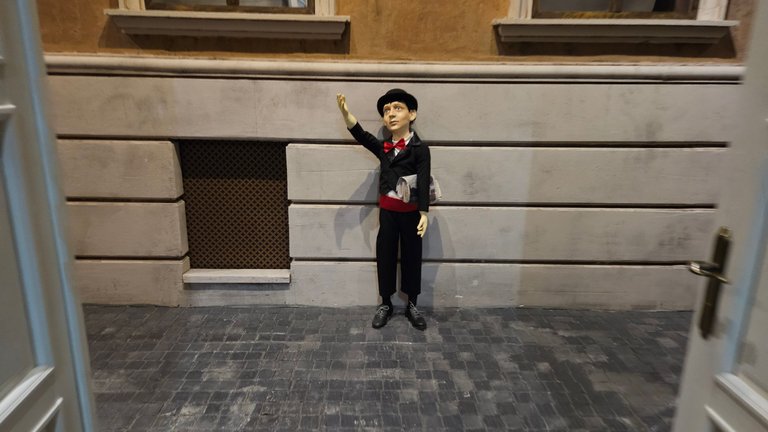
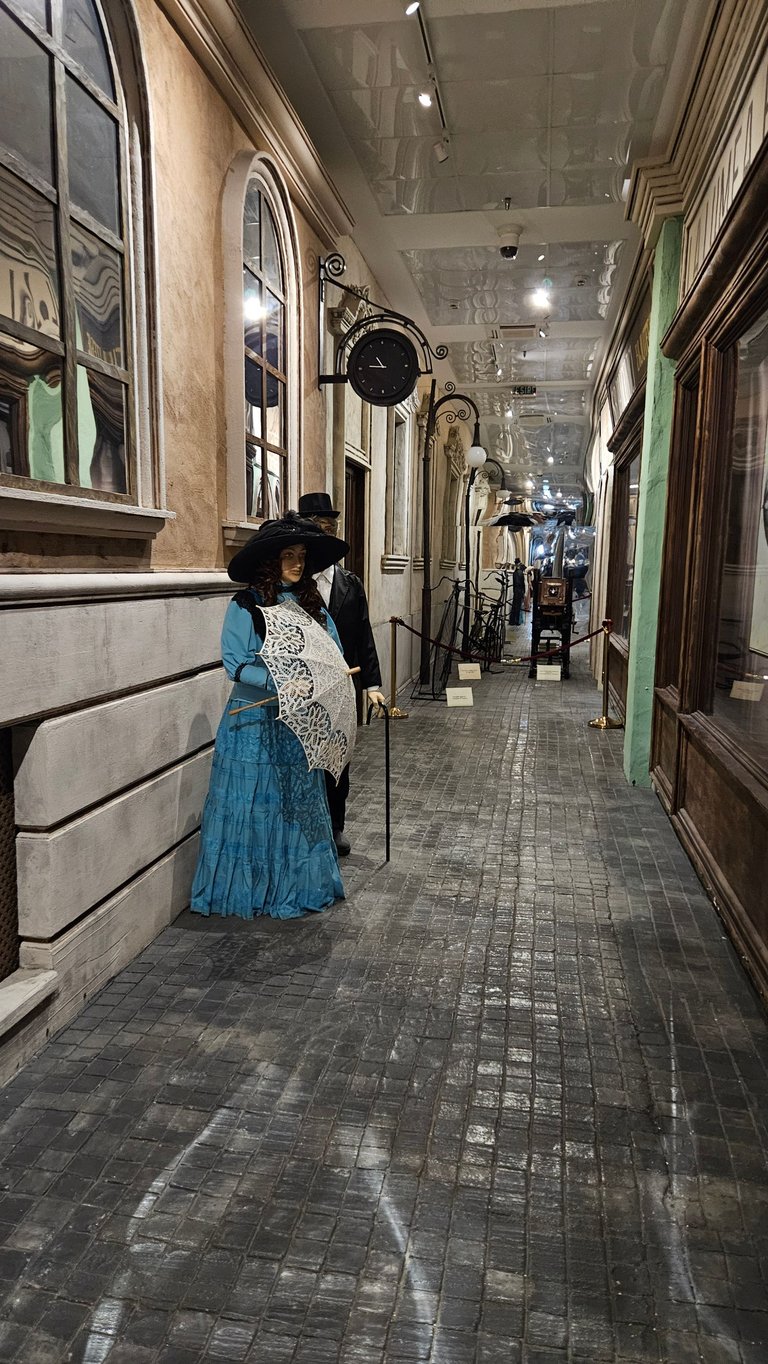
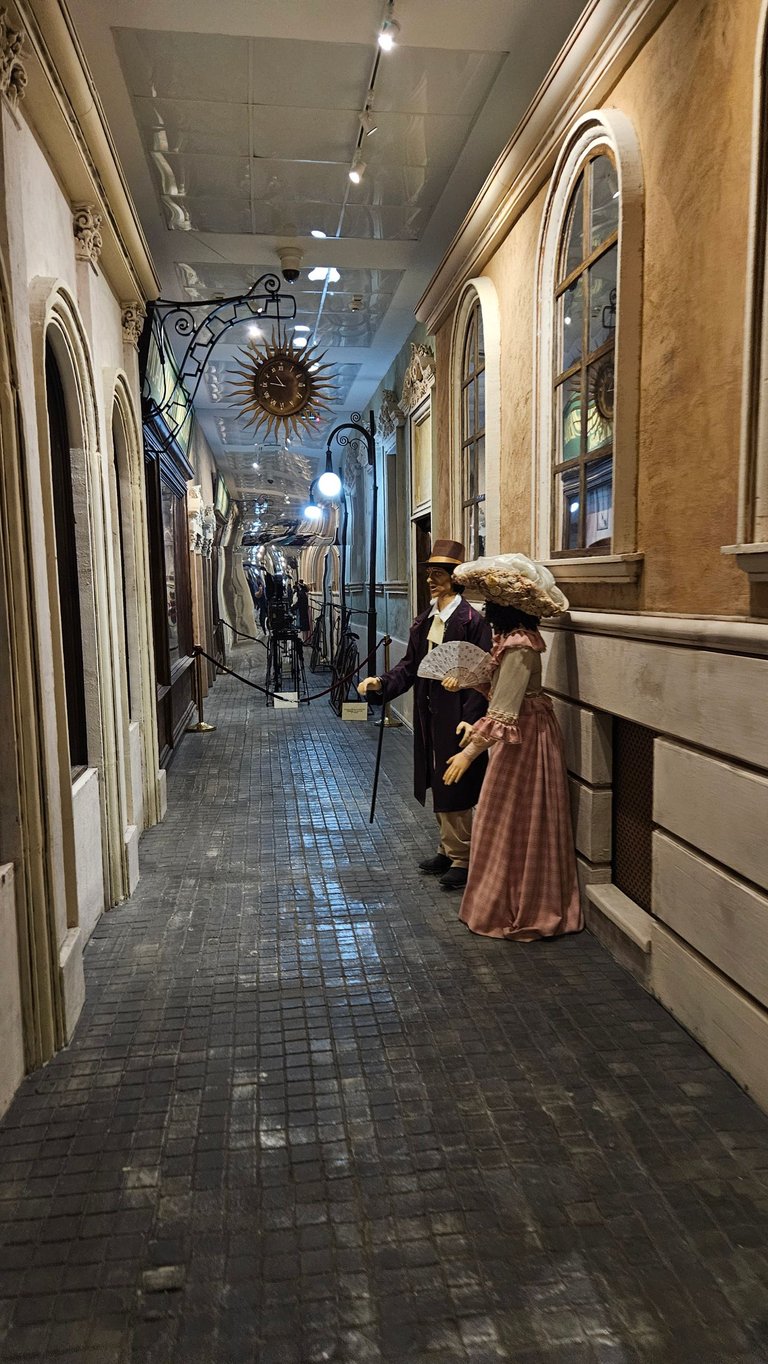
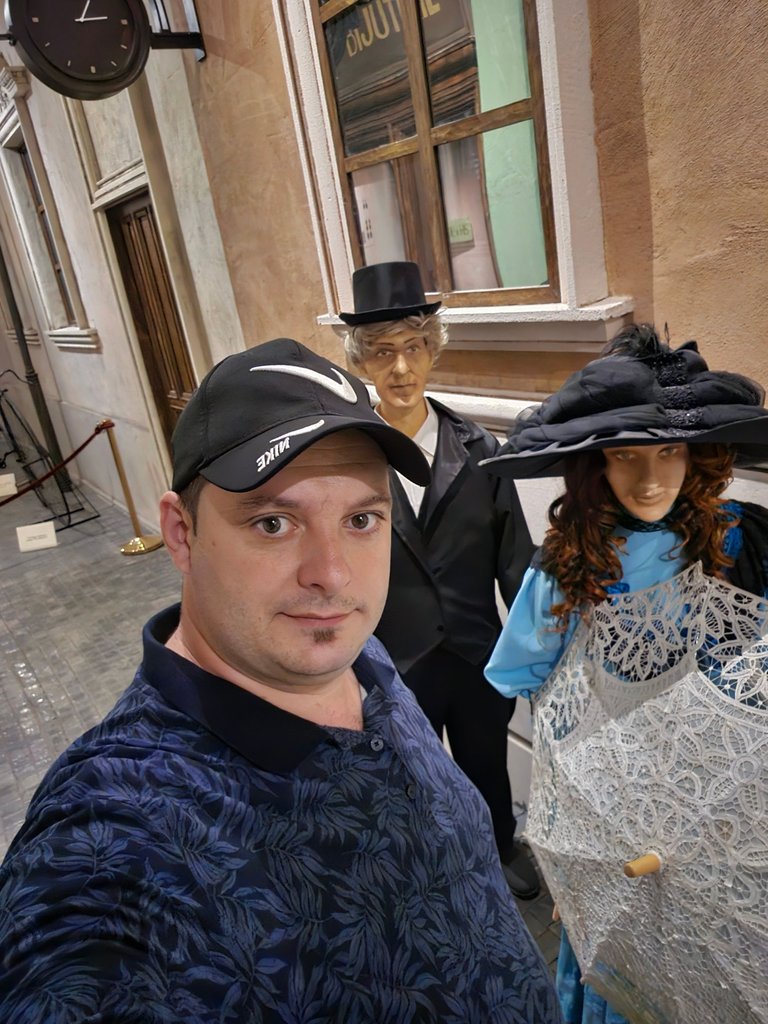
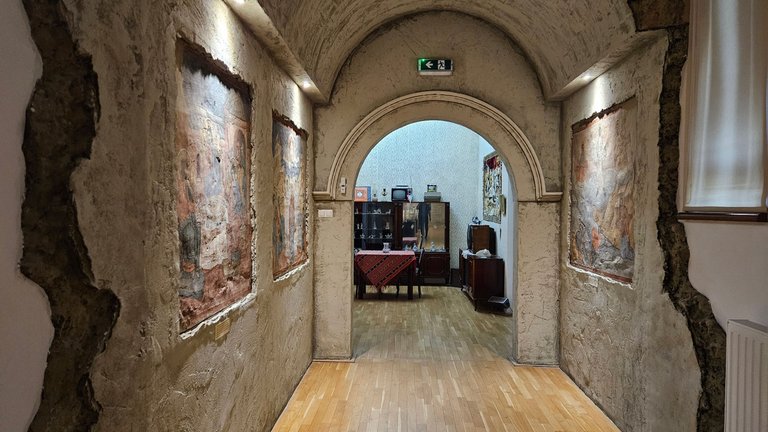
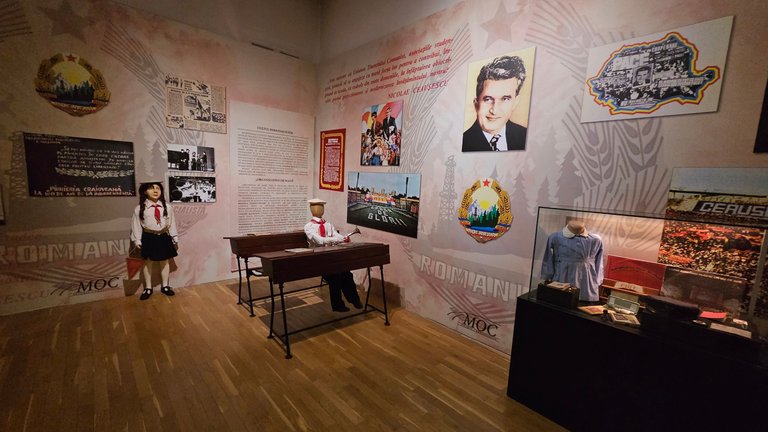
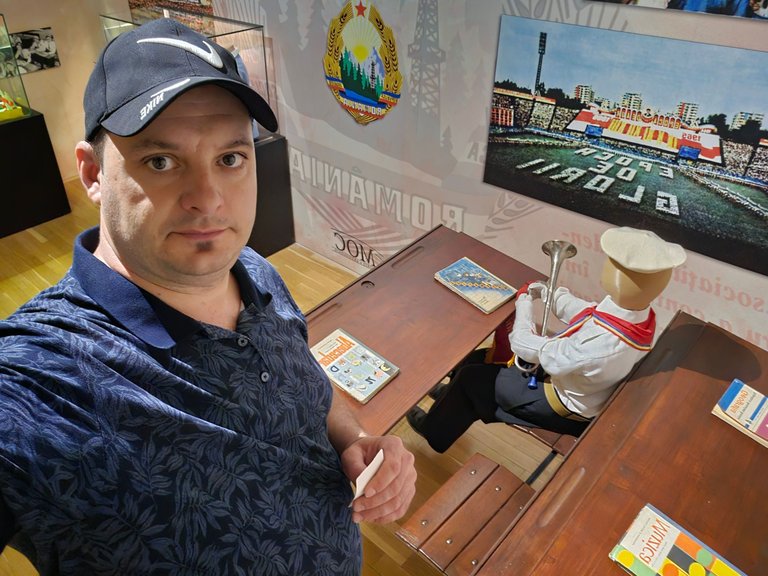
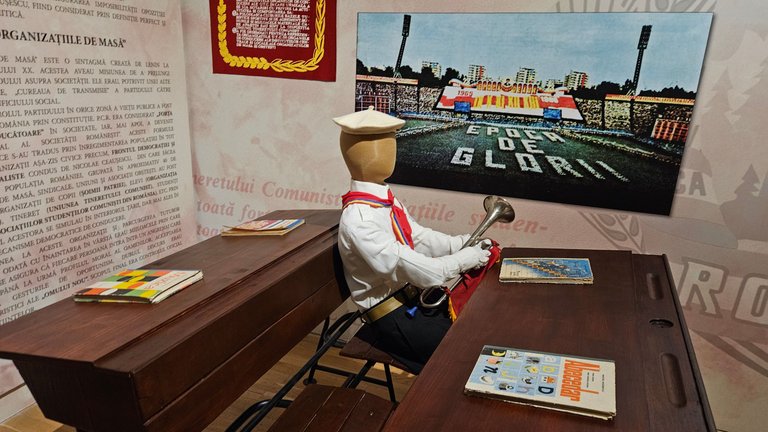
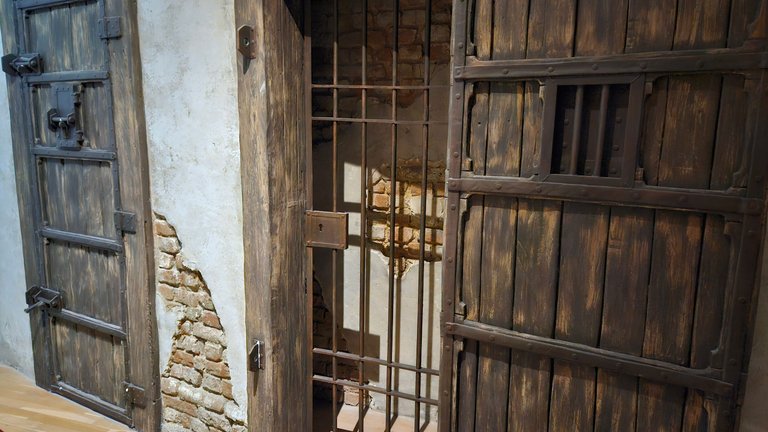
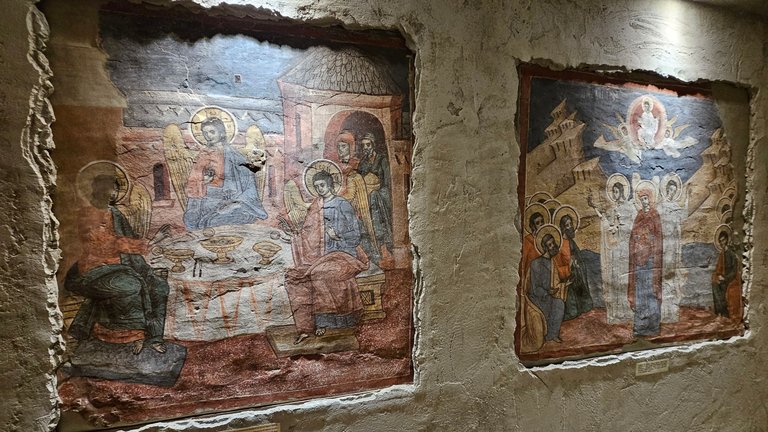
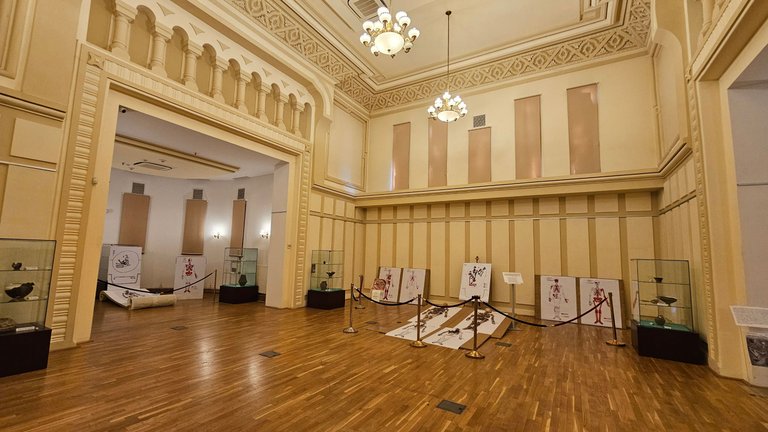
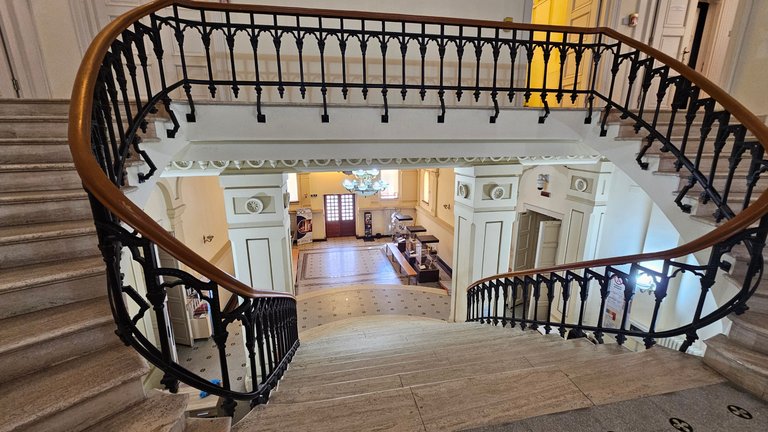
I have to admit that I spent quite a lot of time here, being attracted by many of the exhibits and also by the information on the information boards.
Honestly, I left here very rich, yes, we have accumulated so much information about the past of our ancestors and much more, what you feel when you visit such a place is indescribable, you really need to experience these feelings visiting a place steeped in history.
I hope you enjoy the journey through history presented in the Oltenia Museum in Craiova.
THE END!
If you liked what you saw and read here please don't forget to give a LiKe, Follow, reBlog or a Comment, for all this I thank you, and until the next post I say goodbye.
P.S. The attached picture you have just seen are taken by me with my mobile phone(Samsung Galaxy S21), and the text is also designed by me.
Yours @triplug😉
You can check out this post and your own profile on the map. Be part of the Worldmappin Community and join our Discord Channel to get in touch with other travelers, ask questions or just be updated on our latest features.
Thank you very much.
Hey @triplug you are welcome.
Thanks for using @worldmappin 😘
😘
Thank you very much @jlinaresp and @visualshots.
It's amazing how the building changed from a school to a museum ✨ Seeing the old artifacts through a glass floor sounds really cool! It's clear you learned a lot about Romania's past. Thanks for sharing this piece of history! 💖
I also really liked the idea of this museum, and yes, that glass floor is spectacular, it's amazing that a glass floor separates the past from the present.
Thank you so much for stopping by.
Loved these pictures, particularly the ones about the Romans and the 19th century ones.
I'm so glad you liked it and thank you for stopping by.
Hiya, @lauramica here, just swinging by to let you know that this post made it into our Honorable Mentions in Travel Digest #2620.
Your post has been manually curated by the @worldmappin team. If you like what we're doing, please drop by to check out all the rest of today's great posts and consider supporting other authors like yourself and us so we can keep the project going!
Become part of our travel community:
Thank you very much @lauramica and @worldmappin team , glad to see that my post is among the many amazing entries in this TD.
You are very welcome @triplug! it was well deserved. ☀️
We are already looking forward to reading more about your adventures!
😘
Wow! I'm impressed, the way the museum preserves history right beneath that glass staircase and to see artifacts in their original place.🤗
Glad you liked the museum and thank you for stopping by.
Yes! You're welcome!🤗
😉
Very interesting!
Thanks for sharing it, @triplug
I'm so glad you liked it and thank you for stopping by.